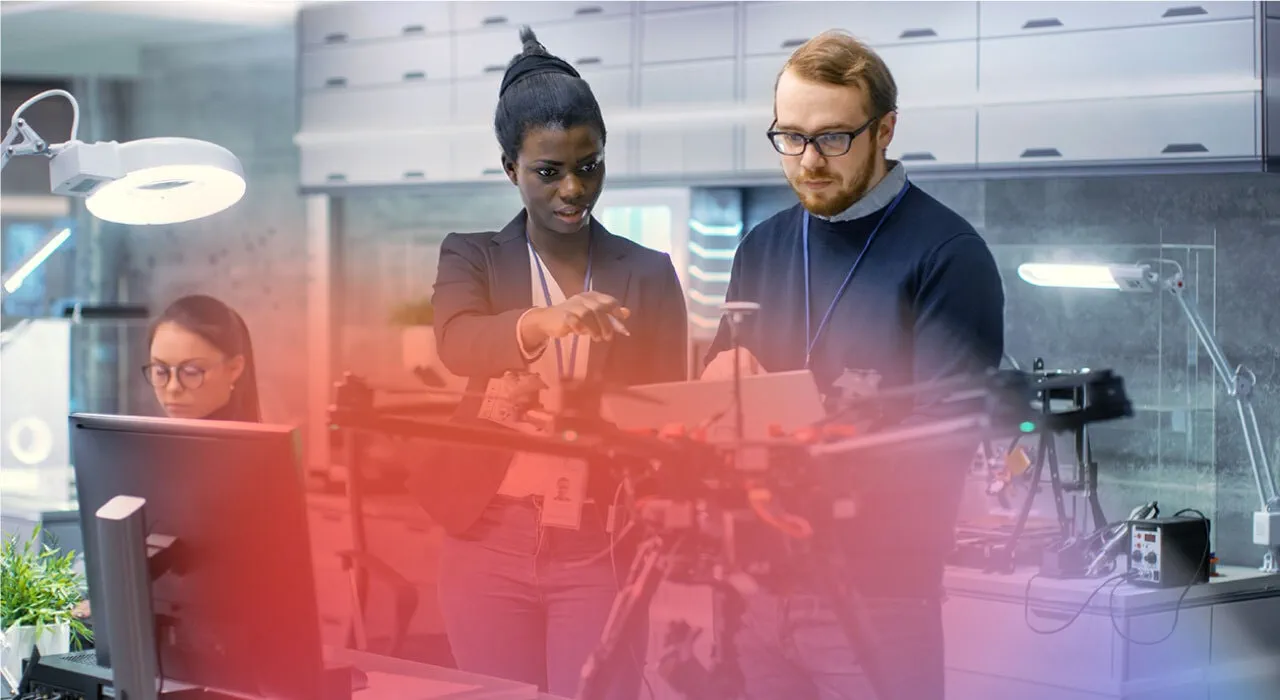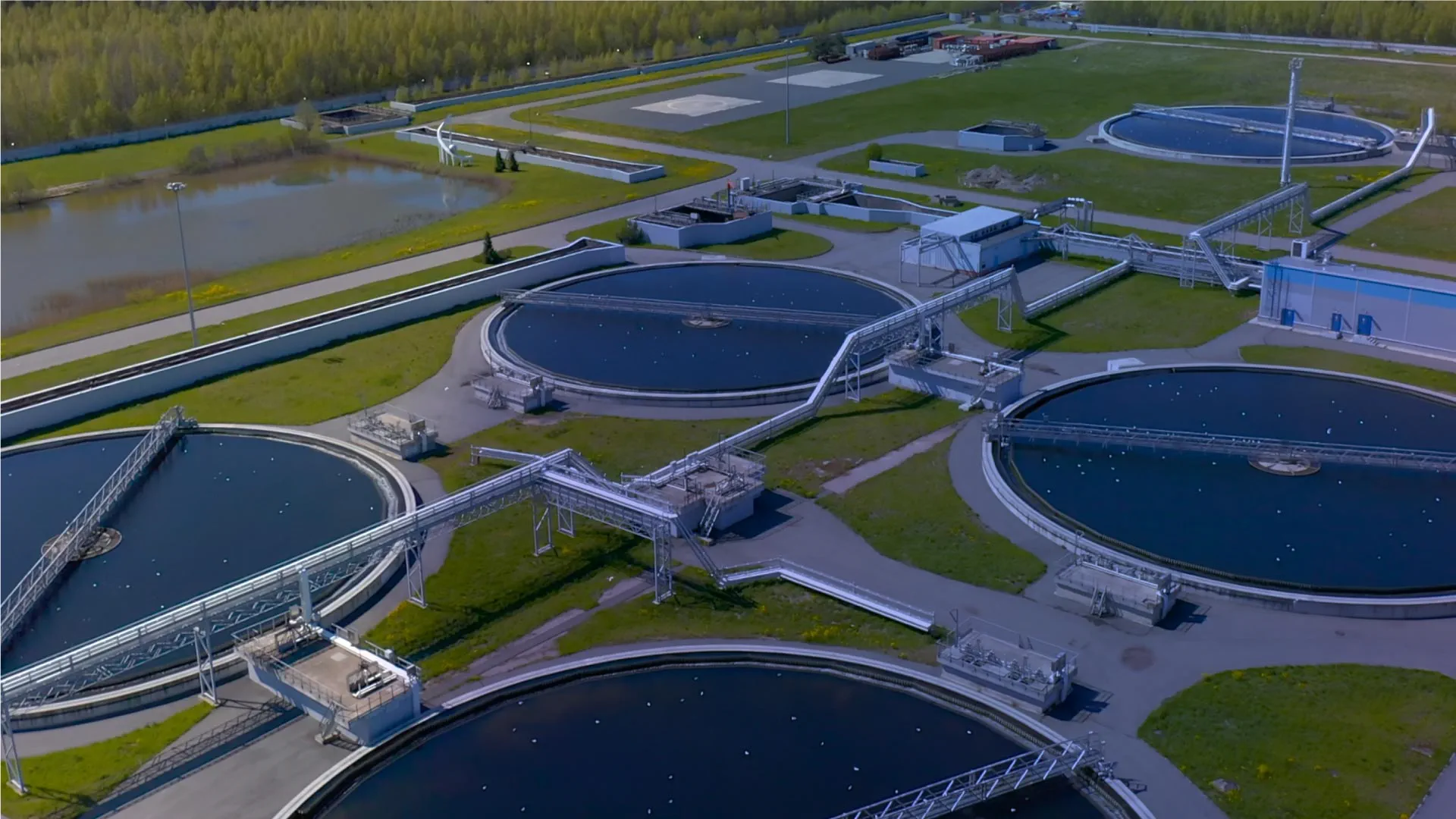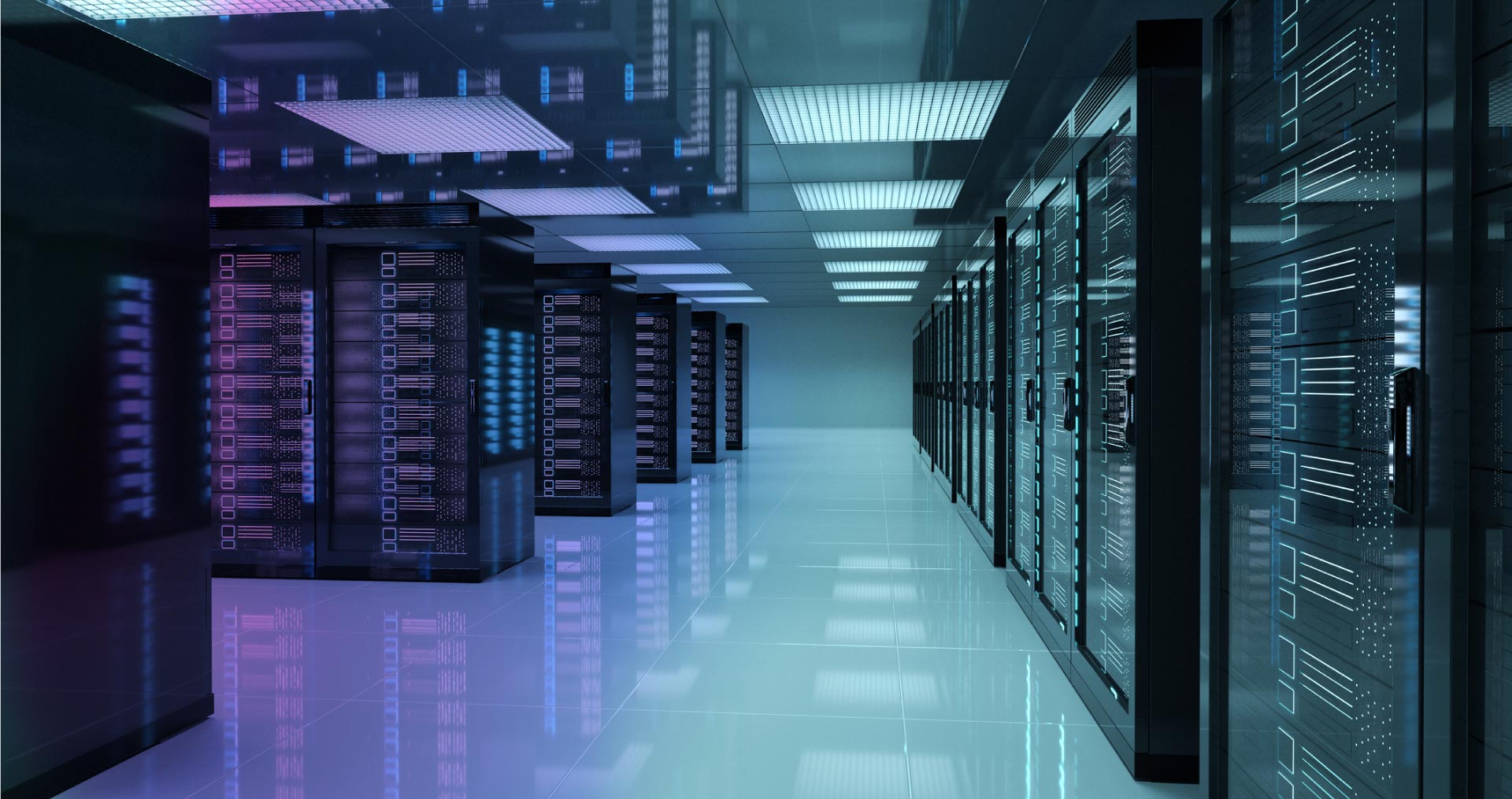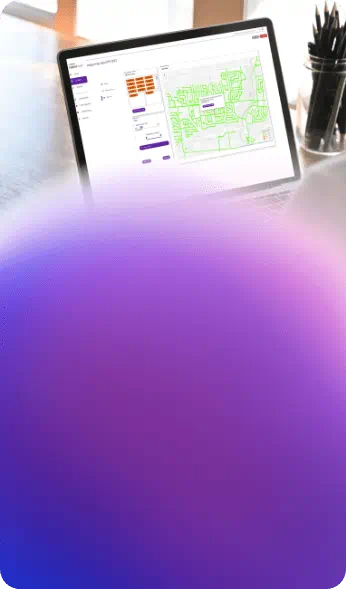Avoiding operational risks takes careful planning, experience, and the right tools.
For over 20 years I’ve enjoyed a career in making services that people rely on every day, work seamlessly. To name a few, I ensure that water flows, that trains arrive on time and that your Alexa has power when you hola!
As a customer of these services and an advisor for how to make them more resilient and sustainable I’ve seen first hand too many times the chaos that ensues when these services don’t work as we expect or intend.
Ecosystems
I accept that those macro issues and mega trends need coordinated action by multiple organizations and agencies over a sustained period. What I don’t accept is that Operational Risk should be one of those things that just happens, impacting the lives of out customers and society beyond our ability to control and mitigate them. The factors that give rise to Operational Risk occurring in my experience are:
-
Lack of transparency - Organizations and teams stifled by culture, structure and systems, unable to understand what is important.
-
Disorientated focus - Lack of alignment as a result of competing priorities and immature decision-making capabilities.
-
Absence of thought - Infrastructure is both complex and simple at the same time. Failure to invest enough time and resource to robustly think through the causes and effects of identifiable risks results in ineffective controls.
-
Capacity and Capability - Over reliance on the usual suspects in an emergency, deployment of finite resources on non-business critical priorities and failure to leverage the power of data.
But we are fortunately now at a unique moment in our ability to control the built environment. A moment where we have the knowledge and products to address these challenges, pivoting with agility to turn them into opportunities, planning and controlling risk with greater precision and providing new levels of services and performance. The steps that customer focused infrastructure operators can take to control the controllables are:
-
Engage and empower its people - Simplifying what's important, why it is important and being clear on the contribution that they individually make to the outcome.
-
Create a common language - The use of a common risk framework drives focus and consistency. Supporting every level of the organization, understand how risks are aggregating from the asset to the boardroom.
-
Build a data pipeline you trust - With a common structure to understand the risk you face, enhance your understanding with real-time information, gathered from sensors, drones, connected devices that your people use to make the critical decisions that matter.
-
Standardize and automate - With the foundations in place, systems, artificial intelligence and machine learning unlock new potential to work assets harder and smarter for the good of your customers.
These steps are proven to deliver results, restoring customer and stakeholder confidence, creating aligned organizations, shifting the needle on reliability and resilience and providing increased control of costs.
Conclusion
This is where Arcadis Gen comes in, with our deep asset knowledge, digital expertise, advanced analytics, all powered by people, Arcadis Gen has a range of products to help you improve reliability, performance, efficiency and safety across your operations
Did you find this information useful?
Did you find this information useful?
Thank you for your feedback!

 Back
Back










